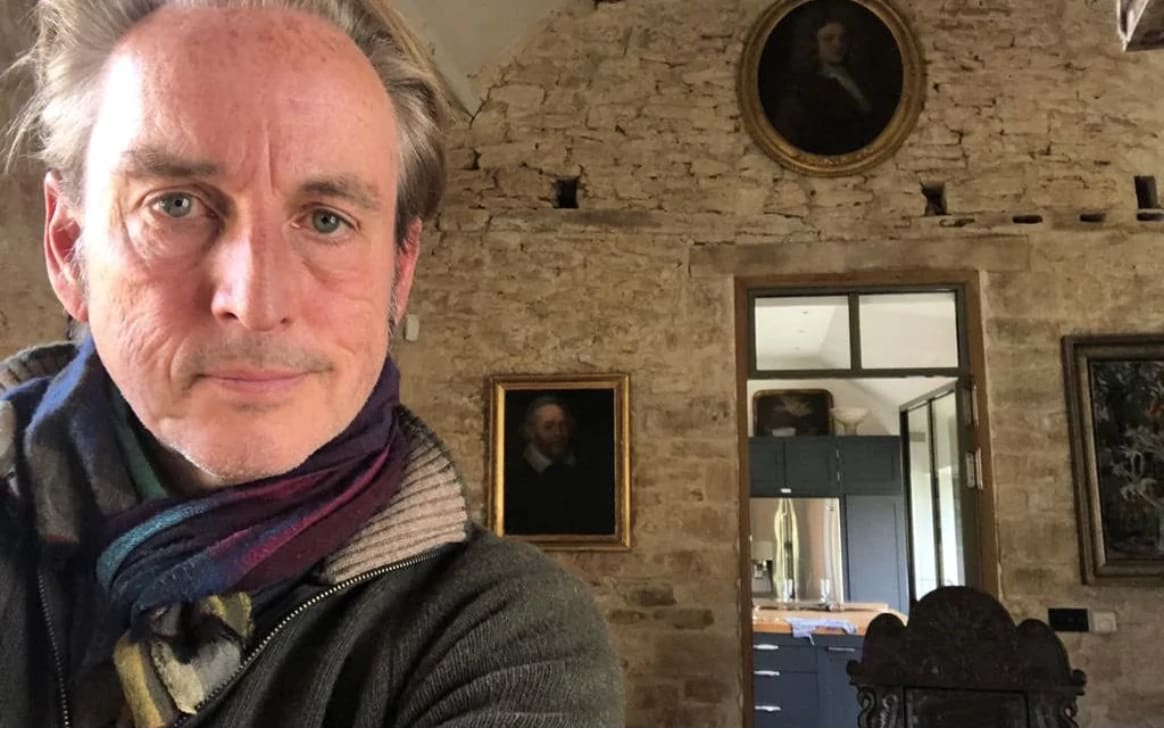Philip Mould Interview 'Art can colour and enrich your confinement' | By Lucy Davies, Telegraph
Presiding over the kitchen table at Duck End – Philip Mould’s 17th-century home in Oxfordshire – is a portrait of the Royalist commander William Cope, who lived in the house not long after it was built in the 1620s.
The picture dates from about 30 years later, during England’s interregnum, when the country was “between reigns” and riven by political dispute. The art of that period is marked by Puritan restraint and so Cope’s portrait, though handsome, is a little severe.
It was painted by Robert Walker, whose portrait of Oliver Cromwell, then Lord Protector, hangs in the National Portrait Gallery. Indeed, Walker was pretty much chief artist to the Republican faction at the time, which makes his painting of Cope (who, having backed the wrong side, lost his fortune and had to sell Duck End) an intriguing exception.
“When we hung him here, it was like putting features on the masonry,” says Mould, whose wife, Catherine, found the picture in an antique shop in London, quite by chance. Cope, he adds, is “a portal through which one could see and feel the history of the house.”
It had to be Cope, then, to kick off Mould’s new enterprise, Art in Isolation, a series of six- or seven-minute, rough-and-ready films in which the noted art dealer presents some of the works in his personal collection. Created on an iPhone, each involves a genteel meander around the sunlit interior of Duck End: a dreamy confection of lime-washed nooks, mullion windows and oak panelling.
Read the full article here.
Watch the series here.


